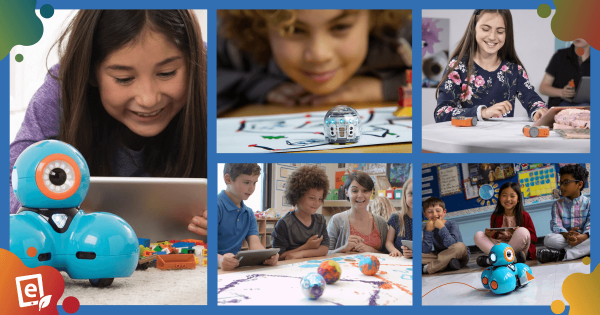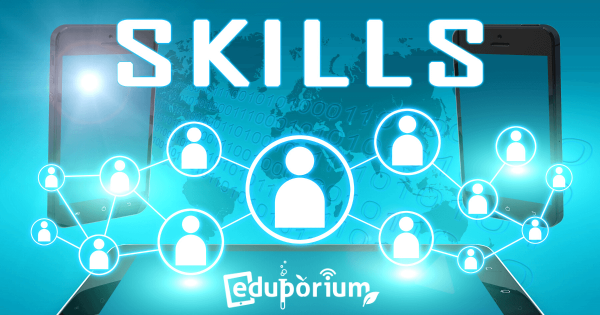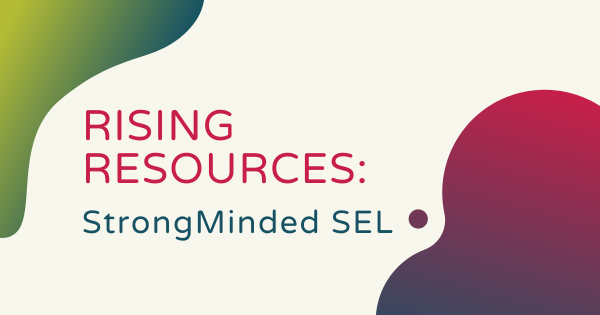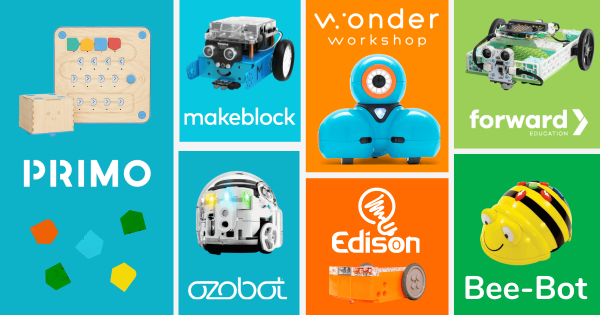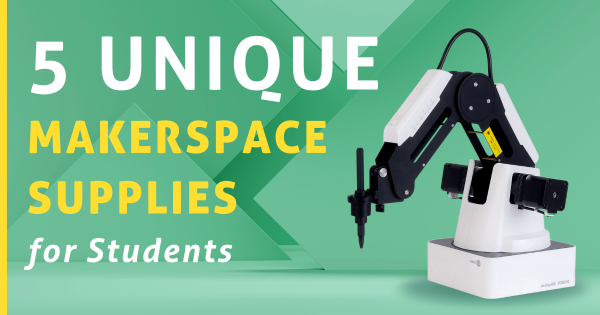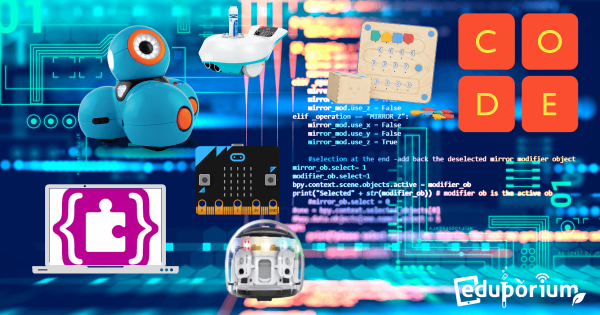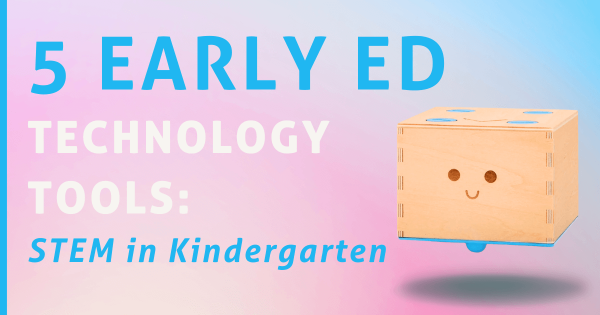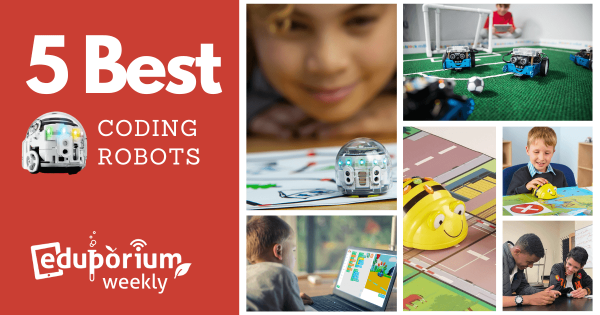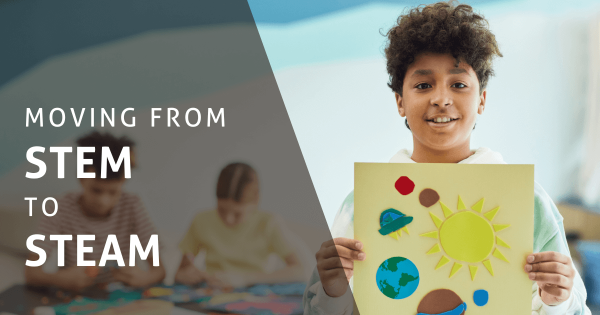The innovation in contemporary education is increasing every day. Schools are using more advanced technologies, like 3D printing, laser cutting tools, and maybe even drones to help impart those necessary skills for the future on their students. Among these key 21st century skills is entrepreneurship since the current gig economy is filled with new opportunities all the time.
Search results for '8 skills'
-
9 Techy Toys that Boost Skills in K-2 Kids at Home
Many kids these days are happy holding a smartphone in their hands and using their thumbs to navigate a number of screens while opening dozens of apps they may or may not even understand. It’s also become clear that kids love technology. Here are some of the best ways to combine child-friendly play with beneficial technology to get kids excited. -
Guest Blog: How STEM Skills Can Change A Student’s Future
As educators, we strive to provide our students with the best foundation for success. But, more importantly, we seek to impart skills that students can tap into throughout their academic and professional careers. The days of rote memorization are long gone. Now, students must learn how to ask the hard questions, solve difficult problems, and be creative. -
Rising Resources | StrongMinded SEL
The importance of SEL is highly touted and many educational leaders have created positions within their schools or districts to ensure that all students are appropriately managing and processing their various emotions. For this reason, we thought we’d take a look at the online social-emotional learning platform known as StrongMinded in this week’s Rising Resources post. -
7 Educational Robotics Kits We'll Always Recommend
The great thing about educational robots is that they encompass the entire span of K–12 grades. By that, we mean that there are educational robotics tools available for kindergarteners just as consistently as there are robotics tools available for 12th graders. So, here’s the list of all our favorite options for classroom robotics kits for students across all different grade -
5 Unique Makerspace Supplies For Students
While educators won’t necessarily need official curricula or detailed project guides in makerspaces, these suggestions, however, are great examples of unique maker supplies, including different types of 3D printers, coding kits, electronics tools, and design equipment. So, we’re excited to walk through some less common makerspace tools for creating high-quality learning. -
5 Next-Level Coding Languages For Students To Explore
There is a huge deal of focus on coding in elementary school, and rightfully so but, this week, we wanted to go a little beyond the traditional classroom coding adventures that we love. Besides the always popular platforms, like Scratch and MakeCode, some more complex programming languages, like JavaScript, Python, and HTML, provide older kids with new opportunities. -
5 Early Education Technology Tools: STEM In Kindergarten
There are actually a lot of awesome early education technologies students could use for practicing everything from problem solving or engineering to math or even coding in Pre-K or kindergarten. Whether it is engaging them more successfully or actually introducing hands-on experiences, including coding, the right tech has a place in ECE and these are some favorites. -
5 Of The Best Coding Robots For The Classroom
For students, learning to code is both essential and accessible. With many age-appropriate classroom coding solutions available, helping them to see the possibilities, benefits, and enjoyment of robotics and coding education is very much possible for instructors to accomplish. Plus, other benefits of CS education, like boosting creative problem solving skills, are extensive. -
Eduporium Weekly | Moving From STEM To STEAM
STEM and STEAM education, understandably, have plenty in common and educators can use some similar tools and strategies while they’re teaching both. To start, STEAM education involves opportunities for students to add more artistry and creativity to these projects and, by moving from STEM to STEAM, they can learn to display their knowledge using new techniques.




